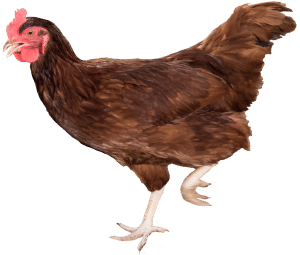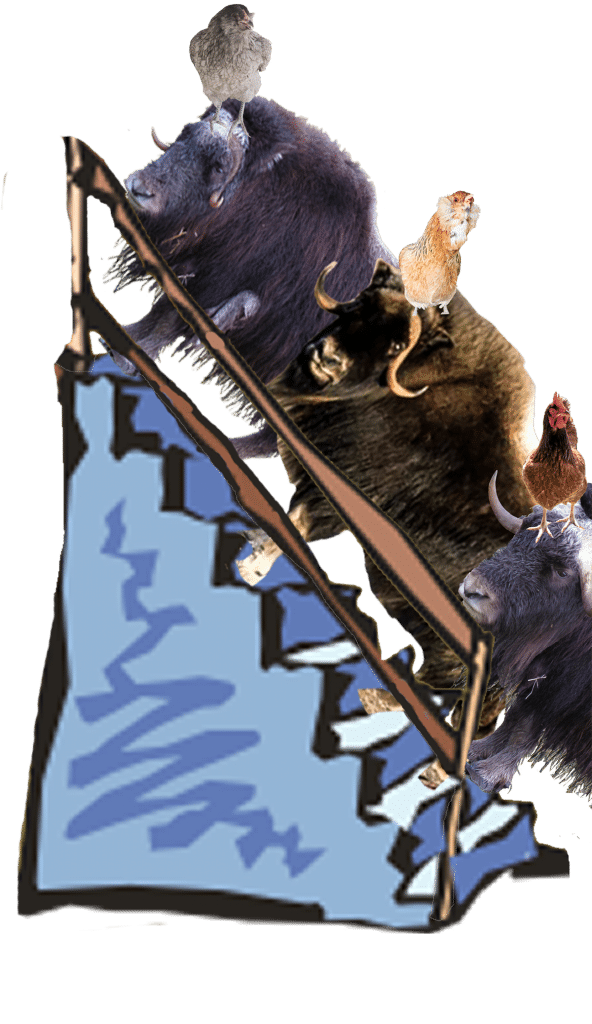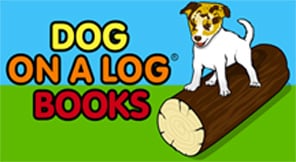
Sight words are words that are not decodable (cannot be sounded out) for one of two reasons:
- They do not follow regular phonics rules
- The phonics rule has not been taught yet.
What this means is that you must know those words by just seeing them. You do not have the ability to sound them out (decode) them because they can’t be decoded or because you don’t know the phonics rules.
I spend way too much time on Social Media learning more about Evidence-based Reading Instruction as well as providing information to parents, teachers, and other interventionists. I have found reference to Heart Words, Red Words, and more. This Instagram post by Simply_For_Teachers does a good job of clearing up some of the confusion. You will probably have to have an Instagram account to watch it. You can see her educational materials at her Teachers Pay Teachers Store.
Click here to See Her Teachers Pay Teachers Store
Definitions of High Frequency Words, Sight Words, Heart Words, Red Words, and Green Words. A post shared by Simply Primary (@simply_for_teachers)
View this post on Instagram
When I first tried to buy beginning phonics books for my daughter, they usually came with words that were clearly not beginning. They included words like “Wednesday” or “leaves,” or “friends.” My daughter was struggling with “fun” and “it.” She would have lost all confidence, joy, and pride in being able to read a book independently if she’d encountered words that were too complicated for her. It seemed like almost every beginning phonics book I found did this and this was a big part of why I decided to write books for her. I wanted to limit the words so she could succeed. (Little did I know that my decision, “I’ll just write books for her,” would end up helping so many other new readers.)
To help beginning readers, the first several steps of DOG ON A LOG Books limit sight words to short words that are necessary when writing a story. As the steps advance and reading skills become more established, the sight words will get bigger. Sight words bring so much more depth to books, plus children will encounter them in other reading. I list the sight words so that the children can be prepared in advance of reading, if necessary.
Below are the sight words that are introduced in each step. They will be seen again in following steps. Not every sight word is seen in every book.
Step 1
a, and, are, be, does, go, goes, has, he, her, his, into, is, like, my, of, OK, says, see, she, the, they, to, want, you
Step 2
could, do, eggs, for, from, have, here, I, likes, me, nest, onto, or, puts, said, say, sees, should, wants, was, we, what, would, your
Step 3
as, Mr., Mrs., no, put, their, there, where
Step 4
push, saw
Step 5
come, comes, egg, pull, pulls, talk, walk, walks
Step 6
so, some, talks
Step 7
Hmmm, our, out, Pop E., TV
Step 8
Dr., friend, full, hi, island, people, please
Step 9
about, aunt, cousin, cousins, down, friends, hi, inn, know, knows, me, one, ones
Step 10
because, been, coyote, coyote’s, coyotes, door, four, grosbeak, grosbeak’s, grosbeaks, javelina, laugh, laughs, many, more, only, uh, very, were, who, word, words, x-ray


